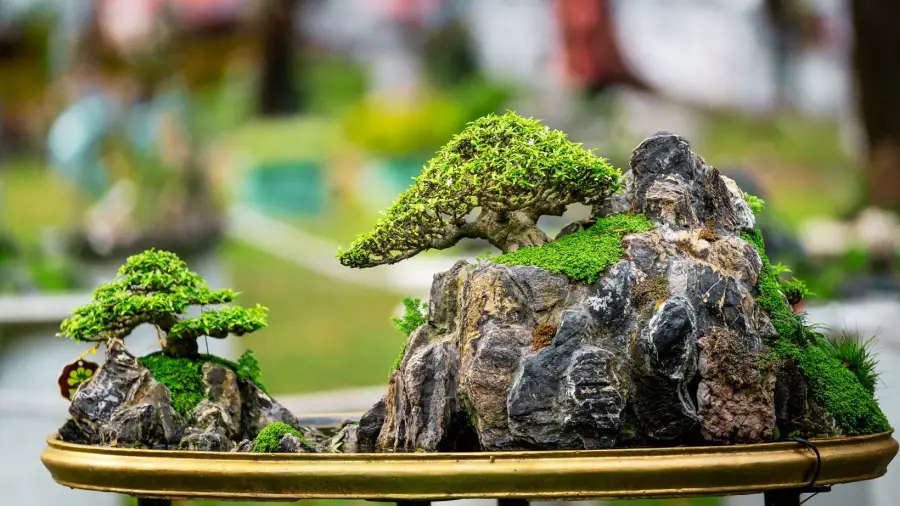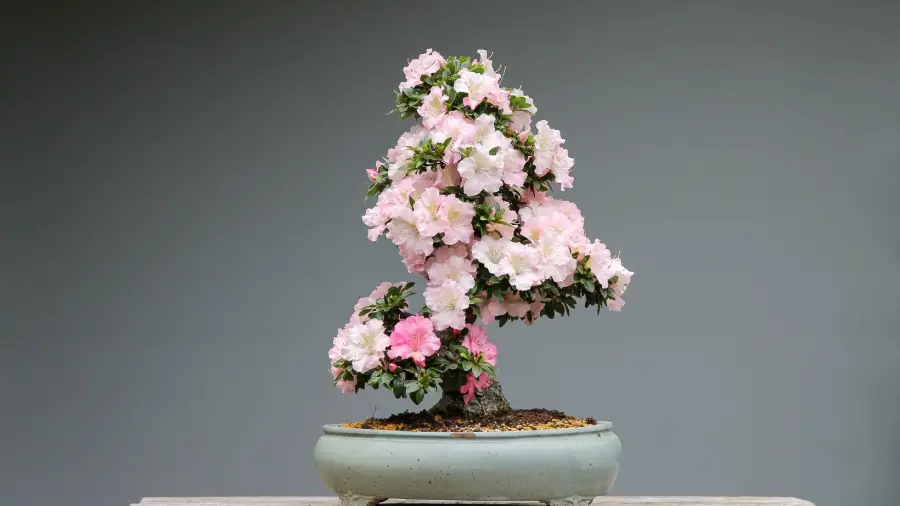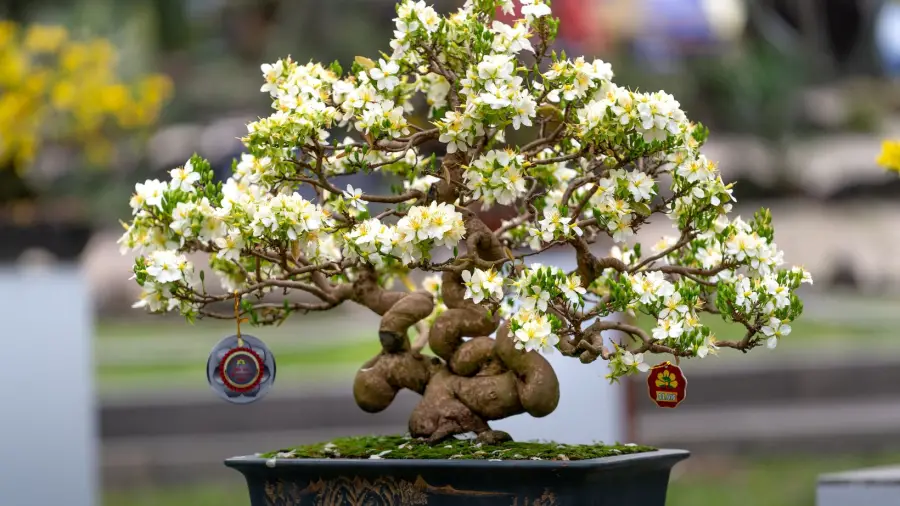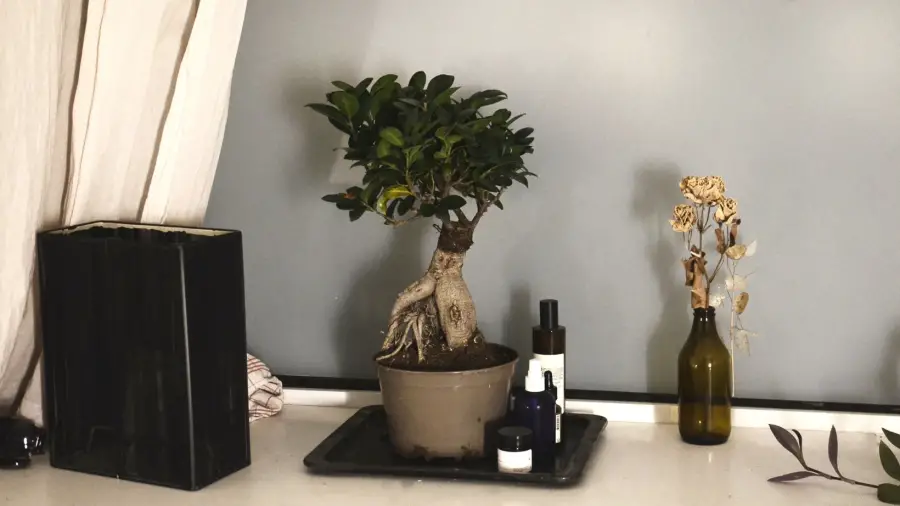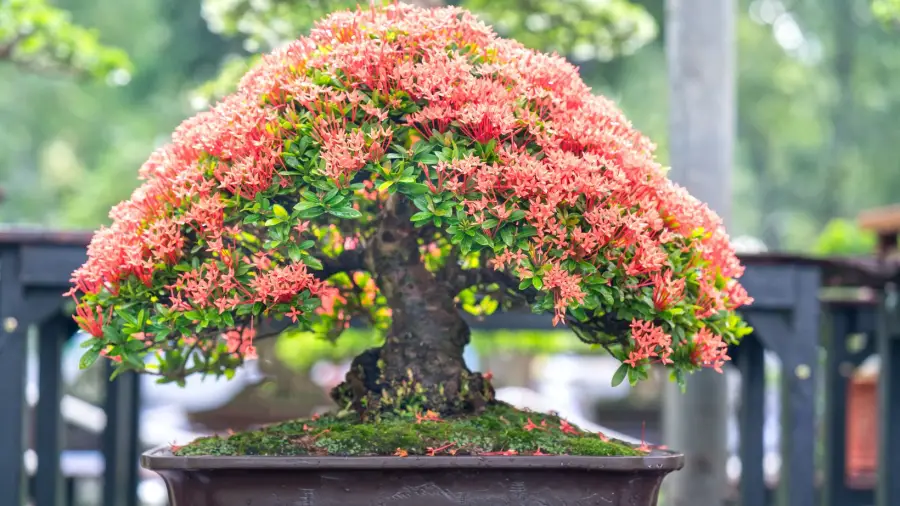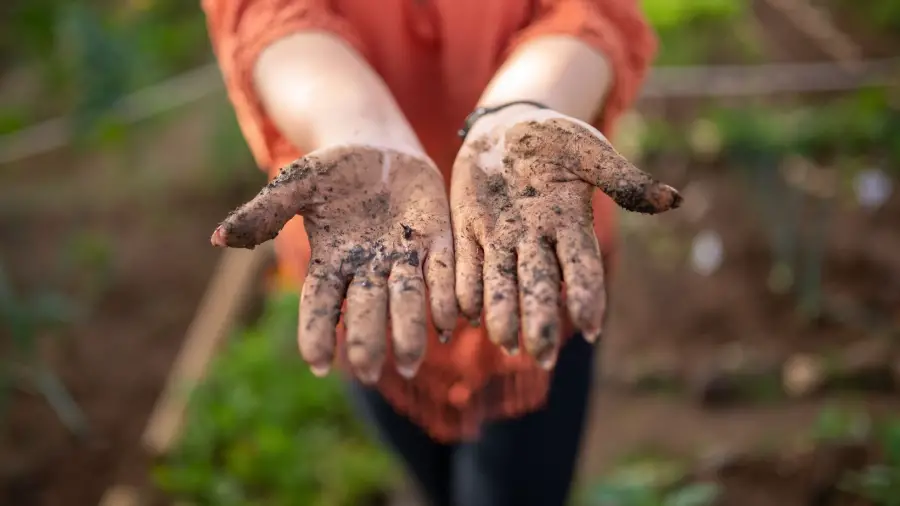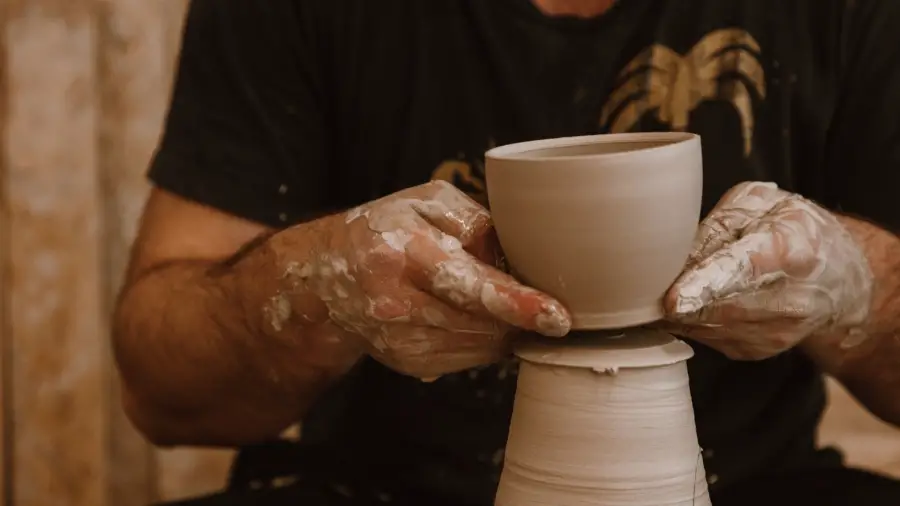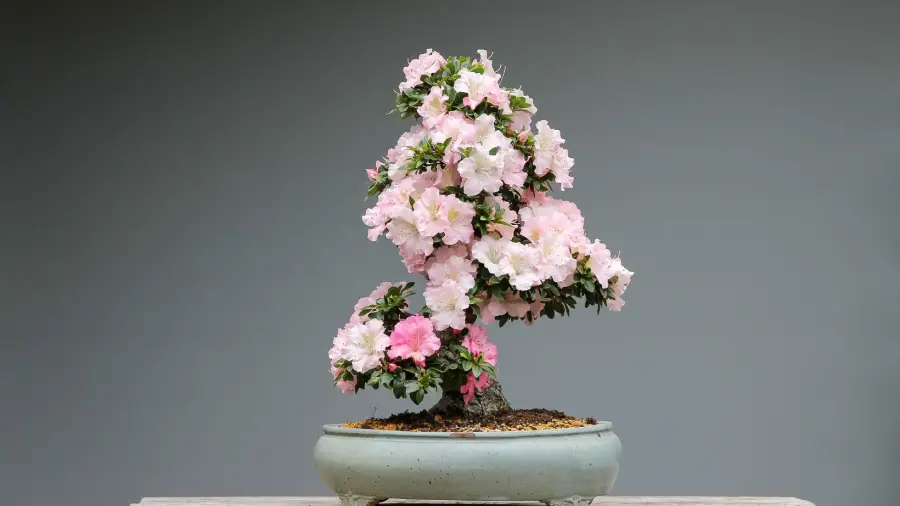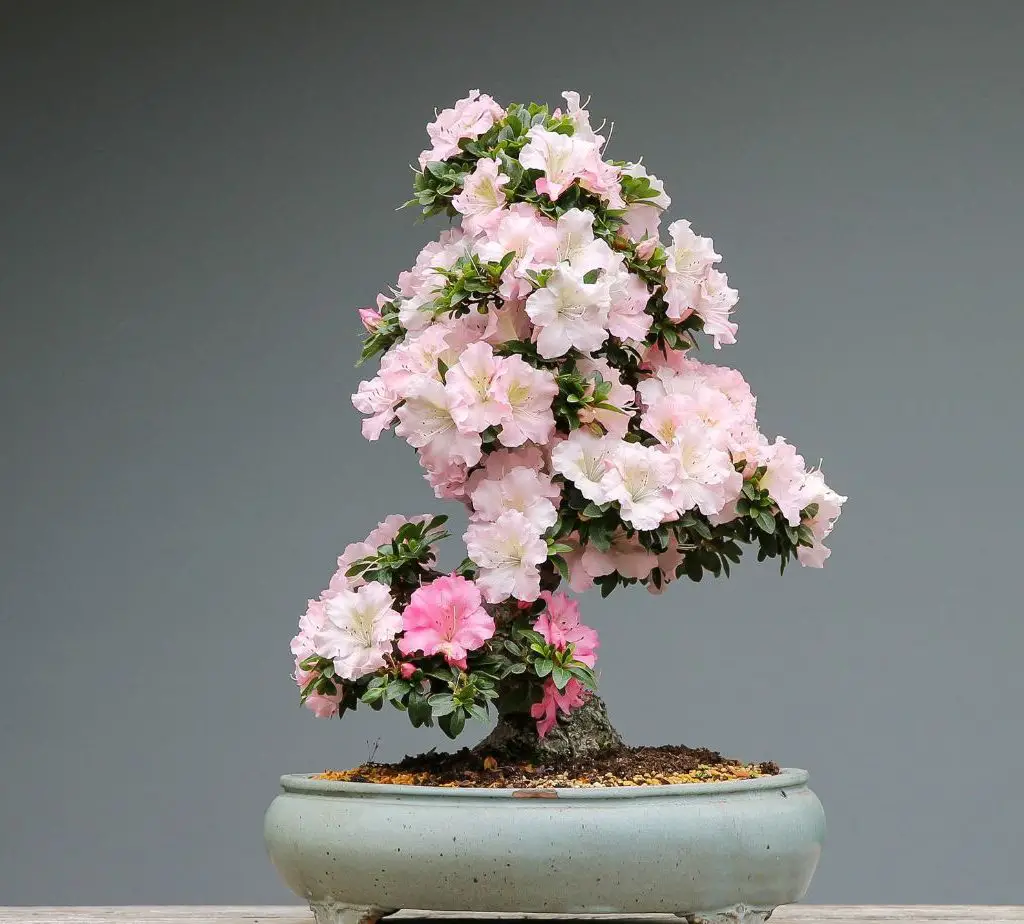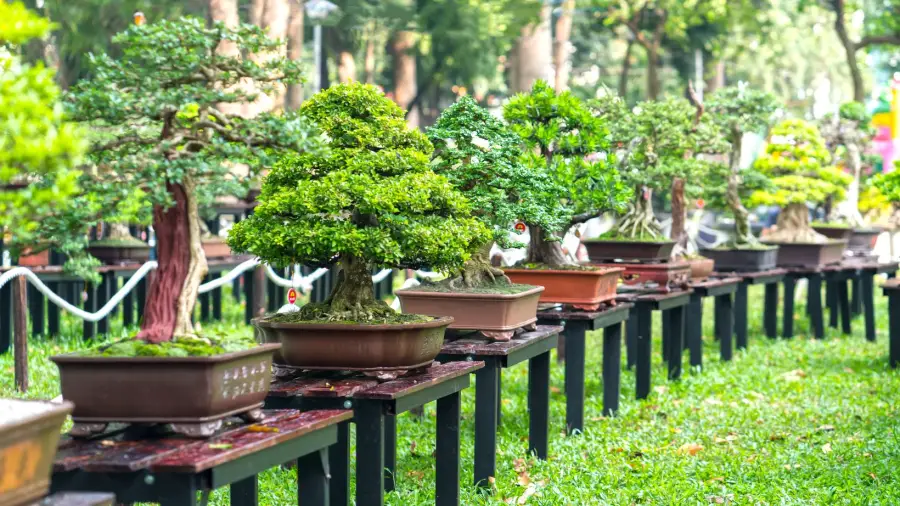In the world of gardening and horticulture, few art forms are as captivating as bonsai. These enchanting miniature trees have been cultivated for centuries, offering a unique blend of nature and human creativity. Bonsai trees require meticulous care and attention to detail to achieve their full potential. Whether you’re a seasoned bonsai enthusiast or a newcomer eager to embark on this rewarding journey, this article will provide you with essential bonsai styling tips that will help you shape your very own arboreal masterpiece.

The Art of Bonsai: An Introduction
Understanding Bonsai
Bonsai, derived from the Japanese words “bon” (meaning tray) and “sai” (meaning plant), is a form of art that involves growing miniature trees in small containers. The objective is to create a harmonious, scaled-down representation of a full-sized tree while preserving its natural beauty.
Bonsai is more than just a potted plant; it’s a profound art form that requires a deep understanding of horticulture and aesthetics. At its core, bonsai encapsulates the beauty of nature in a confined space, allowing us to appreciate the elegance and resilience of trees in miniature form.
Table of Contents
- The Art of Bonsai: An Introduction
- Choosing Your Bonsai Tree
- Pot Selection and Preparation
- Pruning and Shaping Techniques
- Bonsai Care and Maintenance
- Bonsai Styling: Patience and Artistry
- Conclusion
- FAQs (Frequently Asked Questions)
The Bonsai Aesthetic
Central to bonsai is the concept of “Wabi-sabi,” which appreciates imperfection and transience. Bonsai artists strive to capture the essence of an ancient tree weathered by time and nature.
The essence of “Wabi-sabi” lies in the imperfections and quirks of each tree. It’s about celebrating the knots, scars, and crooked branches, as they tell the story of a tree’s journey through time. When styling your bonsai, remember that perfection is not the goal; rather, it’s the character and uniqueness of your tree that make it truly special.
Choosing Your Bonsai Tree
Selecting the Right Species
Different tree species are suitable for bonsai cultivation. Consider factors like climate, space, and your level of expertise when choosing your tree.
Selecting the right species is the first crucial step in your bonsai journey. Some species are more forgiving and suitable for beginners, such as the Ficus or Jade plant, while others like the Japanese Maple or Pine require more experience. Research and choose a species that aligns with your local climate and your commitment to care.
Size Matters
The size of your bonsai tree matters. Smaller trees are ideal for beginners, as they are easier to manage and style.
Beginners often find success with smaller trees as they are more forgiving when it comes to styling mistakes. Compact trees like the Shohin or Mame bonsai are excellent choices for novices. As you gain experience, you can gradually work with larger trees and explore more intricate designs.
Pot Selection and Preparation
Picking the Perfect Pot
Choosing the right pot is crucial. It should complement your tree’s style and provide adequate drainage.
When selecting a pot for your bonsai, consider the tree’s size, shape, and style. The pot should enhance the tree’s aesthetic, not overpower it. Ensure that the pot has drainage holes to prevent waterlogging, a common issue in bonsai care.
Soil Mix and Repotting
Bonsai trees require specific soil blends to thrive. Learn when and how to repot your tree to ensure its health.
Bonsai soil is a specialized mixture designed to provide optimal drainage and aeration. Repotting is essential to refresh the soil, trim roots, and promote healthy growth. The frequency of repotting depends on the age and species of your bonsai.
Pruning and Shaping Techniques
Basic Pruning
Regular pruning is essential for maintaining your bonsai’s shape. Learn the basics of pruning branches and roots.
Pruning is at the heart of bonsai styling. It involves selectively trimming branches, leaves, and roots to achieve the desired shape. This technique not only maintains the tree’s form but also encourages new growth and ramification.
Wiring for Elegance
Wiring allows you to bend and shape branches, adding elegance and character to your bonsai.
Wiring is a fundamental technique for shaping your bonsai tree. It enables you to guide branches into graceful curves or desired positions. Use soft aluminum or copper wire, and be gentle to avoid damaging the tree’s delicate branches.
Deadwood Techniques
Incorporating deadwood into your bonsai design can create a sense of age and history.
Deadwood techniques involve preserving and enhancing dead or weathered wood on your bonsai. These techniques add character and a sense of history to your tree, making it appear as though it has weathered the elements for many years.
Bonsai Care and Maintenance
Light and Water
Proper light and water management are vital. Understand your tree’s specific needs.
Light and water are the lifeblood of your bonsai. Ensure your tree receives the right amount of sunlight, which varies depending on the species. Monitor soil moisture and water when the soil surface starts to dry, avoiding both overwatering and underwatering.
Fertilization
Bonsai trees require tailored fertilization to stay healthy and vibrant.
Fertilization provides essential nutrients for your bonsai’s growth. Use a balanced, slow-release fertilizer designed for bonsai. The frequency and strength of fertilization depend on the season and the tree’s growth stage.
Bonsai Styling: Patience and Artistry
Design Principles
Explore the principles of bonsai design, including balance, proportion, and asymmetry.
Bonsai design is an art in itself. Understanding design principles like balance, proportion, and asymmetry will help you create harmonious and visually appealing compositions. Study traditional bonsai styles to gain inspiration for your own creations.
Seasonal Considerations
Adapt your care routine to the changing seasons to ensure your bonsai thrives year-round.
Each season brings unique challenges and opportunities for bonsai care. Adjust your watering, fertilization, and styling activities to suit the changing needs of your tree. Protect your bonsai from extreme weather conditions to ensure its longevity.
Conclusion
Creating a stunning bonsai tree is a blend of horticultural skill and artistic vision. By carefully selecting your tree, mastering pruning and shaping techniques, and maintaining its health, you can craft a captivating miniature masterpiece that reflects the beauty of nature. Embrace the imperfections, and remember that your bonsai journey is a continuous process of growth and refinement.
FAQs (Frequently Asked Questions)
Can anyone grow a bonsai tree, or is it only for experts?
Bonsai is for everyone! Beginners can start with easy-to-care-for species and gradually gain expertise.
How often should I water my bonsai tree?
The frequency varies depending on the species and environment. Check the soil moisture regularly and adjust accordingly.
What tools do I need to maintain my bonsai tree?
Basic tools include pruning shears, wire cutters, concave cutters, and a root hook. Invest in quality tools for precision.
Can I grow a bonsai indoors?
Some species can thrive indoors, but most prefer outdoor conditions with plenty of light. Research your specific tree’s requirements.
How long does it take to create a mature-looking bonsai tree?
It can take several years to achieve the desired mature appearance, depending on the species and care. Patience is key in bonsai cultivation.

In the enchanting world of bonsai, styling is where your creativity takes root. By mastering the art of bonsai styling, you transform a simple tree into a living work of art, capturing the essence of nature in a miniature form. With patience, practice, and a deep appreciation for the beauty of imperfection, your bonsai journey becomes a lifelong adventure. Embrace the bonsai styling techniques you’ve learned here, and let your imagination flourish as you craft unique and captivating bonsai trees that reflect your own personal touch. Happy bonsai styling!
Start your bonsai journey today, and watch as your miniature tree evolves into a living work of art that brings tranquility and beauty to your life. With dedication and the tips provided here, you’ll master the art of bonsai styling and create your own botanical masterpiece for generations to admire.
